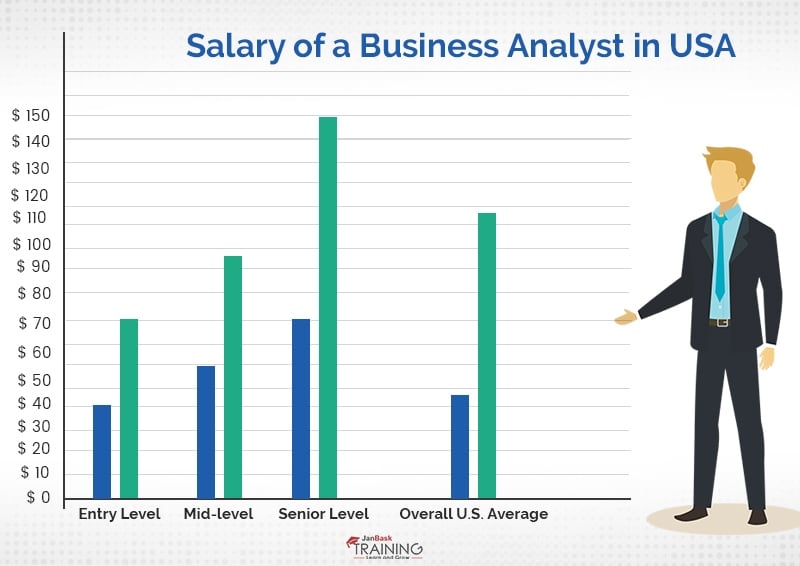Agile Teams Contain Two Specialty Roles. Team Roles within an Agile Management Framework By Mark C.
 From I To T Collaboration Of Roles In Agile Teams Youtube
From I To T Collaboration Of Roles In Agile Teams Youtube
Ad Search for results at MySearchExperts.

Agile team roles. Agile teams dont all look alike. Here are some examples of. What are the Key Roles in an Agile Team.
Layton The scrum framework defines common team roles in an agile-managed development project. An agile team is a group or team of 5 to 11 members formed to carry out all the necessary technical and non-technical capabilities related to the assigned project. Agile Team Structure Typically there are 4 key agile team roles Product ownerclient Scrum masterteam leader development team.
Ad Search for results at MySearchExperts. Agile team roles can vary between Agile frameworks like Scrum where team roles are well-defined and Kanban where team roles are more fluid and in different industries and departments. The Agile methodology is a broad project management framework built for improved efficiency and adaptability.
Agile teams have two specialty roles. The development team product owner and scrum master make up the scrum team which works on the project every day. Trust between these two roles is crucial.
The business is represented by the product owner who tells the development what is important to deliver. The common agile roles are. There is lots of rushing around the edges of the development team but relatively little direct control of what the team does.
That increases the speed of product development and the efficiency of that process. If you only want to learn about the Scrum roles click here to jump to that section. An Agile team working in Scrum has three roles.
The Product Owner defines Stories along with other team members and prioritizes the team backlog to streamline the execution of program priorities. The agile roles are team specified roles and the team members roles. The role of the Project Manager is subtly different when using an Agile approach.
And in each iteration the team releases or launches either a new or improved product functionality. Agile teams are by design flexible and responsive and it is the responsibility of the product owner to ensure that they are delivering the most value. Roles are not positions any given person takes on one or more roles and can switch roles over time and any given role may have zero or more people in it at any given point in a project.
There are several roles which have different names depending on the methodology being followed common to agile teams. From my fairly biased view an Agile Project Manager is more a shepherd or sheep dog and less a military officer. These are often called integrated teams or balanced teams.
We augment your estimations with data and the best machine learning models. Ad Agile estimation is hard to get right. In each development cycle or sprint of an agile project each agile team iterates the product according to customer feedback.
At the same time they also maintain the conceptual and technical integrity of the work the team is responsible for. Agile roles are nothing but the approach of an agile team on how to plan and execute a project. Dedicated integrated teams lead to the best outcomes.
Find info on MySearchExperts. The Product Owner Often an executive or key stakeholder the Product Owner has a vision for the end product and a sense of how it will fit into the companys long-term goals. Find info on MySearchExperts.
Agile-think and DevOps teams seek to put every role and thus person needed to deliver the software product from inception to running in production on the same team with their time fully dedicated to that task. Before we dive into Scrum team roles well quickly run through what Agile and Scrum are.












